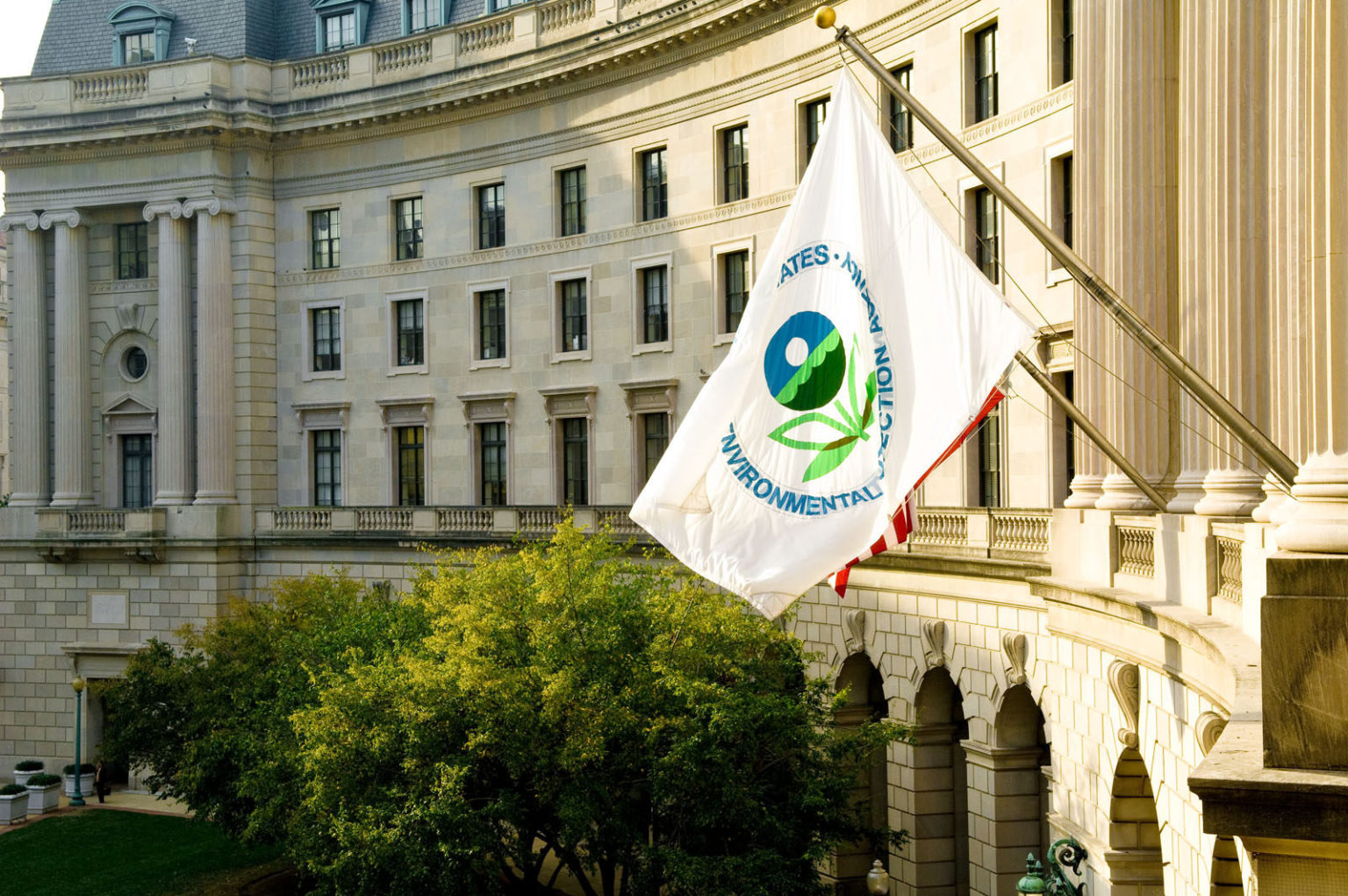The nation’s top environmental regulator doesn’t have sufficient rules to monitor leaks from carbon capture projects, according to an environmental watchdog’s new report.
The analysis of Environmental Protection Agency-approved monitoring, reporting, and verification plans for carbon capture projects, released today by the Environmental Integrity Project (EIP), found that the EPA’s current regulations fail to address the ways that carbon dioxide could leak back into the atmosphere after it’s been injected underground.
The agency also lets operators largely set the terms for the methods they use to monitor for leaks, as well as for the duration of the monitoring.
The EPA’s current regulations don’t account for gas leaks that can develop at CCS sites years after the CO2 has been buried. “EPA cannot simply accept that the carbon dioxide will not migrate after only two or three years of monitoring,” wrote research analyst Preet Baines, who prepared the report, in its introduction.
EPA approval of a carbon capture monitoring plan can help qualify a project for substantial federal tax credits.
Congress established tax subsidies for carbon capture in 2008, and has since increased the amount of the subsidies twice, most recently in 2022’s Inflation Reduction Act. The Treasury Department has estimated that the IRA’s expanded tax credit will cost taxpayers $30 billion by 2032, according to the Congressional Research Service.
EIP’s findings put into question whether taxpayers will get what they’re supposedly paying for: long term, if not permanent, underground storage of greenhouse gas pollution.
The tax subsidies are intended to encourage fossil fuel firms to curb their climate-heating warming emissions, and the fossil fuel industry has advocated CCS as a climate crisis solution. However, in practice many oil companies have been using the process to produce additional oil from old wells.
As of October, EPA had approved monitoring plans for 21 carbon capture projects. Sixteen of those plans were submitted by fossil fuel firms, including 10 for projects dedicated to “enhanced oil recovery” — a method of using CO2 injection to push out the last dregs of oil from previously tapped wells — according to the EIP report.
“The tax subsidies are being used to subsidize fossil fuel production. So why should we subsidize that?” Baines said to DeSmog.
Monitoring plans for the 21 projects vary significantly because the EPA does not require specific leak detection technologies, and lets the site operators decide how long beyond a year they will monitor for leaks.
At its Wasson San Andres site in West Texas, Occidental Petroleum has used carbon dioxide injection for two decades to flush oil from hard to reach areas of the oilfield. Occidental has told the EPA that it is using visual inspections, as well as hydrogen sulfide monitors worn by workers, to detect surface leaks of carbon dioxide from the 4,700 wells in the monitoring area.
According to Preet, more than 1,000 of these wells lack pressure monitors that would detect small leaks, and Occidental’s methods are unlikely to detect them either.
Wastewater disposal wells similar to those used for CCS have induced earthquakes in places not previously known to have seismic activity, such as Oklahoma, Kansas and Texas. Still, the EPA has approved CCS monitoring, reporting, and verification plans claiming that seismic activity was unlikely because there was no history of earthquakes in the project area.
In one such plan, the Blue Flint Sequestration Company has told the EPA that it plans to use seismic surveys to look for leaks caused by earthquakes at its central North Dakota carbon dioxide injection well during the site’s first year of operation, and again three years later. After that, the company’s plan states, it will “reevaluate” the frequency of the surveys.
Fossil fuel firms have positioned carbon capture as a major contributor to reducing carbon emissions. According to the nonprofit Clean Air Task Force, there are plans to build nearly 200 projects in the United States alone. But the technology hasn’t lived up to the hype.
In 2022, 13 facilities reported capturing eight million metric tons of carbon dioxide to the EPA. But “this is really just a fraction of the emissions in the U.S.,” Baines said. According to her analysis, it was one percent of the 2.7 billion metric tons of greenhouse gasses emitted by U.S. industry that year.
In response to a request for comment, the EPA’s Shayla Powell said the agency is reviewing the report.
Subscribe to our newsletter
Stay up to date with DeSmog news and alerts







